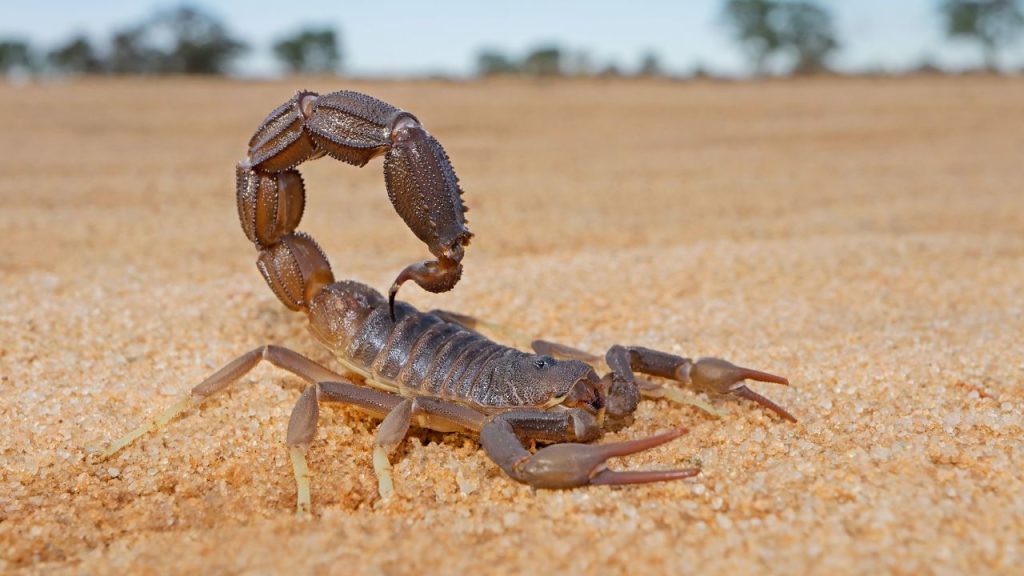Fastest Reproducing Animals in the World – A Marvel of Nature’s Efficiency

Fastest Reproducing Animals in the World A Marvel of Nature's Efficiency
Introduction
In the animal kingdom, the ability to reproduce quickly is essential for the survival and continuation of a species. Some animals have evolved remarkable strategies to ensure their rapid reproduction, allowing them to thrive in various environments.
From tiny insects to larger mammals, the world is teeming with creatures that exemplify nature’s efficiency in reproduction. In this blog, we will explore the fastest reproducing animals in the world, uncovering the fascinating ways they propagate and adapt to their surroundings.
The Fruit Fly (Drosophila melanogaster)
The tiny fruit fly is perhaps one of the fastest reproducing animals on Earth. Its life cycle is incredibly short, lasting just 7-10 days. During this time, a single female fruit fly can lay hundreds of eggs, making it highly prolific in numbers. Their ability to breed rapidly is supported by their preference for a wide range of environments, allowing them to adapt to various conditions.
The Mosquito (Aedes aegypti)
Mosquitoes are notorious for their role as vectors of disease, but they are also impressive reproducers. Female mosquitoes can lay up to 300 eggs in a single clutch, often choosing stagnant water bodies as their breeding grounds. With a short life cycle of approximately 2-4 weeks, mosquitoes can replenish their population rapidly, ensuring their survival as a species.
The Common Rabbit (Oryctolagus cuniculus)
Known for their prolific breeding capabilities, rabbits have earned the phrase “breeding like rabbits.” Female rabbits, or does, can produce multiple litters of 4-8 kits each year. Their efficient reproduction habits have contributed to their widespread presence in various habitats across the globe.
The House Mouse (Mus musculus)
House mice are fast reproducers, capable of producing large litters of 5-12 pups approximately every 19-21 days. Their ability to adapt to various environments and coexist with humans has contributed to their widespread presence in urban areas worldwide.
The American Cockroach (Periplaneta americana)
The American cockroach is a resilient insect with impressive reproductive capabilities. Female cockroaches produce egg cases, known as oothecae, each containing up to 16 eggs. With a relatively short incubation period, these insects can quickly establish thriving populations in suitable environments.
The Cane Toad (Rhinella marina)
Native to South and Central America, the cane toad is known for its rapid reproduction. A single female cane toad can lay up to 30,000 eggs in a single spawning event. Their ability to adapt to diverse habitats has allowed them to spread rapidly in regions where they were introduced.
The guppy, scientifically known as Poecilia reticulata, is a small freshwater fish that exhibits impressive breeding capabilities.
The guppy, a small freshwater fish, is known for its vibrant colors and impressive breeding capabilities. Female guppies can store sperm from a single mating and fertilize numerous broods over several months. This reproductive strategy, combined with their ability to give birth to live young, contributes to their quick population growth.
The African elephant, scientifically referred to as Loxodonta africana, is a majestic and awe-inspiring creature known for its remarkable reproductive abilities.
Despite their massive size, African elephants are impressive reproducers.Female elephants, commonly referred to as cows, experience an extended gestation period lasting approximately 22 months and usually give birth to a single calf. With a lifespan of 60-70 years, these majestic creatures can contribute significantly to the growth of their population over time.
The White-Footed Mouse (Peromyscus leucopus)
The white-footed mouse is a common rodent found in North America, and it is known for its fast reproduction. With a gestation period of about 23 days, a female white-footed mouse can produce multiple litters in a single year, making them successful survivors in various ecosystems.
The Red-Eared Slider Turtle (Trachemys scripta elegans)
The red-eared slider turtle is renowned for its reproductive efficiency. Females can lay multiple clutches of eggs, each containing around 2-30 eggs, during their breeding season. With a relatively short incubation period, these turtles quickly contribute to the next generation.
Conclusion
The animal kingdom is a testament to the marvels of nature, and the fastest reproducing animals exemplify its efficiency and adaptability. From the tiny fruit fly to the majestic African elephant, these creatures have evolved remarkable strategies to ensure their rapid reproduction, contributing to the thriving biodiversity of our planet.
Understanding the reproductive capabilities of these animals not only enriches our knowledge of the natural world but also highlights the delicate balance that exists within ecosystems. As we continue to explore and appreciate the wonders of nature, we must also strive to protect and preserve the habitats of these remarkable species for generations to come.
For More Related Articles Browse Our Website Blogster.pk
For social Connection You can also Visit and follow our Social media Platforms
Facebook , Instagram, Linkedin, Pinterest, Quora, Twitter, Youtube.







